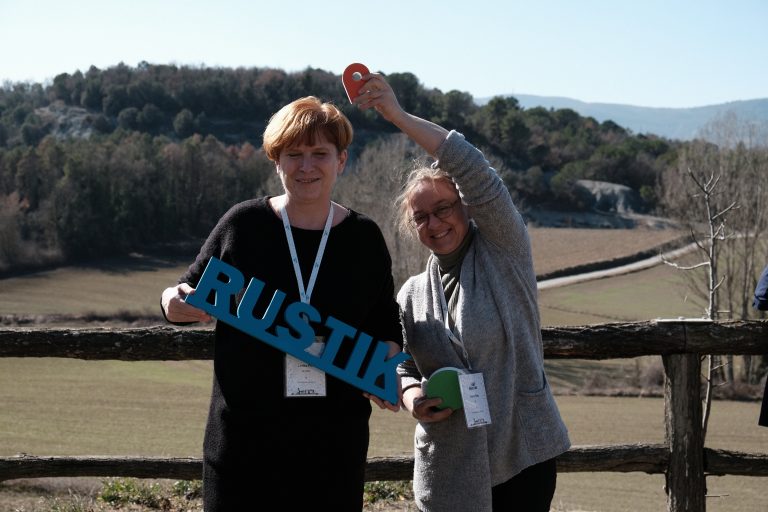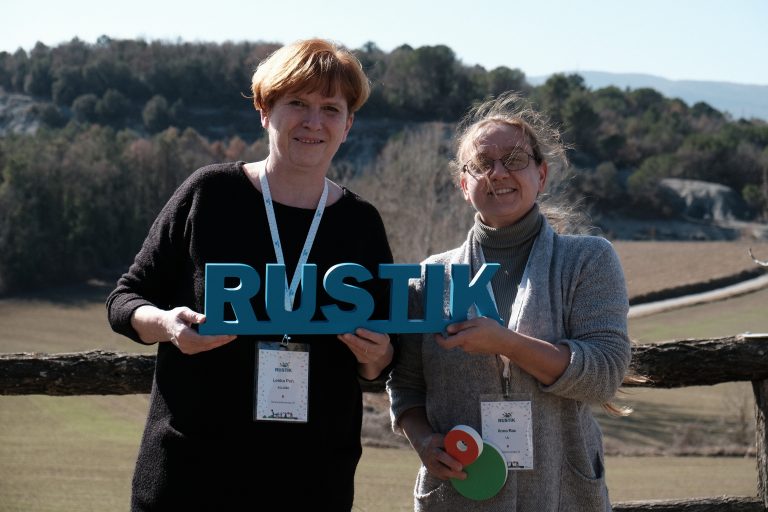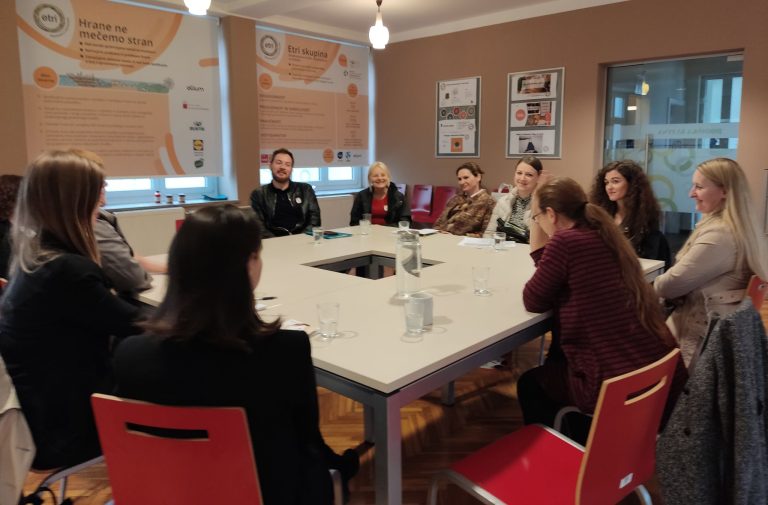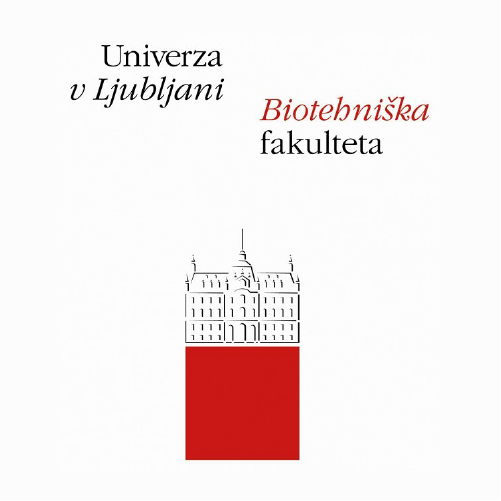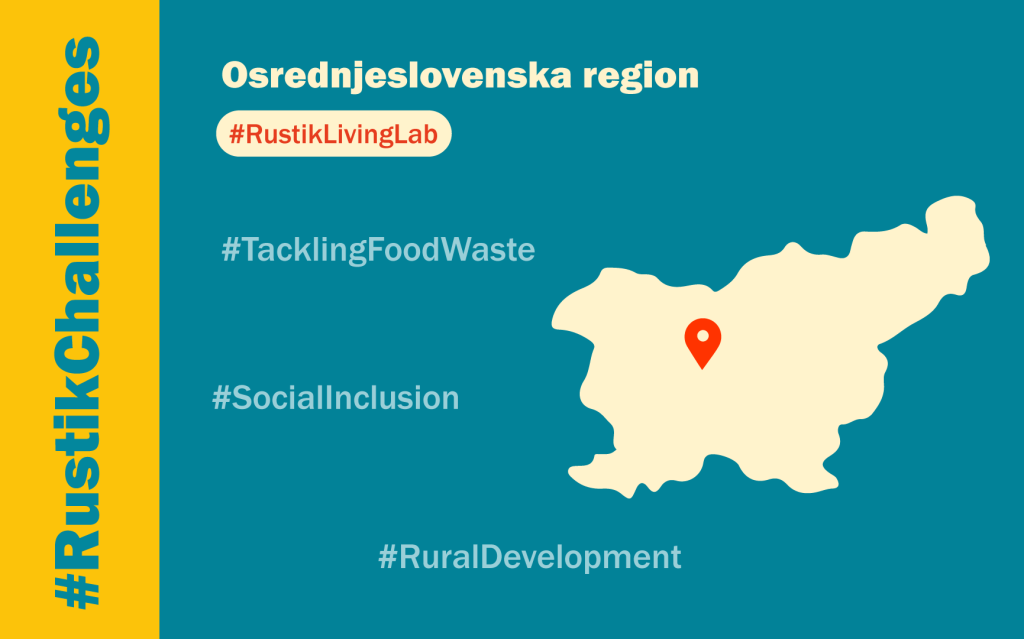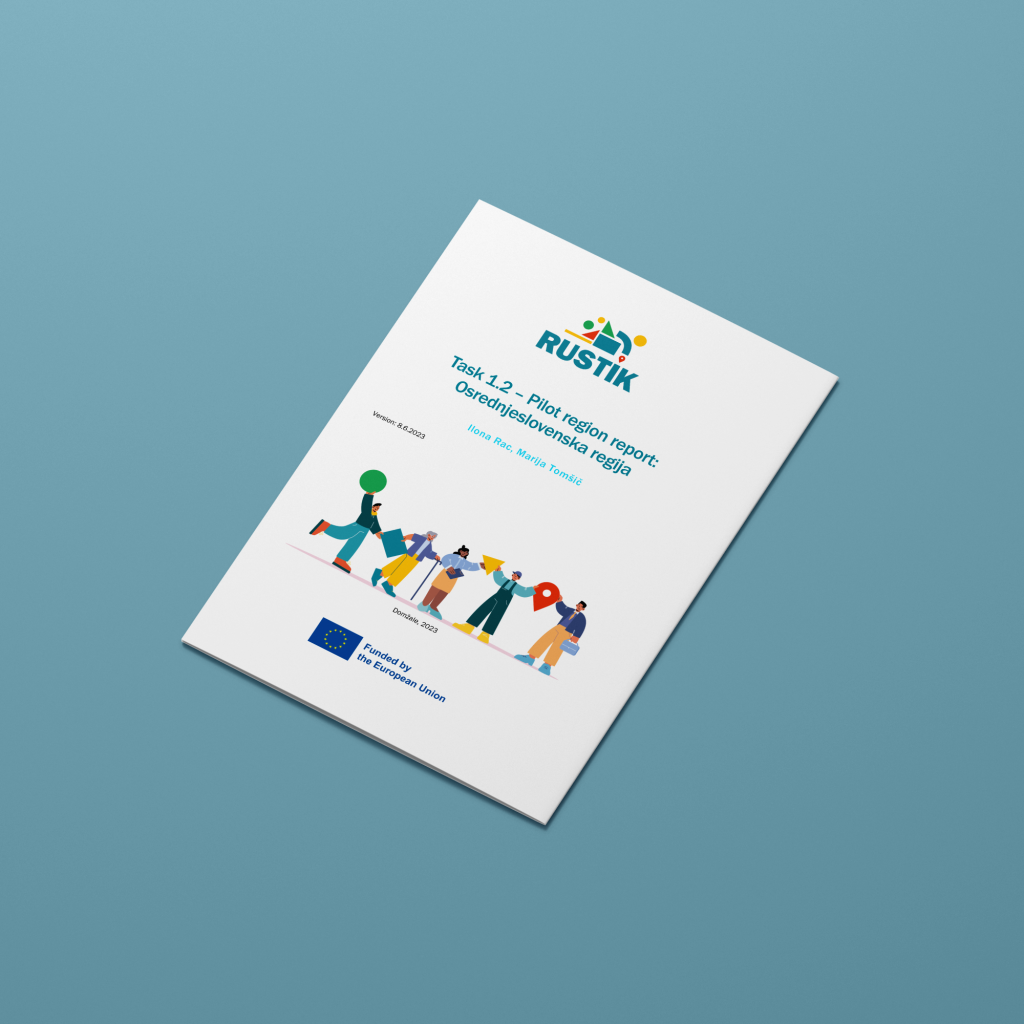Key Facts
The Pilot Region Osrednjeslovenska regija is the central, most densely populated (238 per square kilometre) statistical region of Slovenia, largest in terms of population (ca. 550.000) and second-largest in terms of size (234 km2). The capital city of Ljubljana is found in this region. In 2020, about a quarter (26 %) of Slovenia’s population lived in 25 municipalities. On average, people in this region are the youngest (42 years) and population growth is the fastest. Compared to the rest of Slovenia, it has a favourable age and educational structure, the highest net earnings of people employed in the country (9 % above the national average) and attracts a large amount of migrant labour. The region generates over a third of the national GDP and houses a third of all enterprises. On the other hand, it has the second lowest number of passenger cars per 1000 people.
The region is quite heterogeneous in terms of economic and demographic characteristics; on the one hand, there are areas of intensive urbanisation, increasing concentration and daily labour migration, while on the other, there are areas marked by depopulation. The urbanised areas serve as centres of growth and innovation, while also providing many of the more rural areas with basic services; conversely, the utilised agricultural area is the lowest in the country but is considered important for the supply of food through short chains to urban areas.
Despite the relatively high level of urbanisation, the region is characterised by a relatively large amount of green infrastructure, with numerous Natura 2000 areas and nationally important landscapes (e.g. the Ljubljansko Barje Landscape park, Planinsko polje, Velika planina, Volčji potok, Šmarna gora), which offer ample opportunity for tourist and recreational activities (ibid.).
Living Lab transitions
Activities of the Living Lab, which will largely revolve around issues regarding the reduction of Food loss and waste (FLW), will also strive towards fostering social innovation and more inclusive food value chains. Specifically, in this area, the focus will be on improving the evidence base regarding the contribution of social enterprises to well-being and exploring the potential for upscaling good practices in a structured manner.
Reduction of FLW will contribute towards reducing the carbon footprint of food along the value chain; both public and private entities will be approached and the LL will be geared both towards practical action to reduce FLW and data-gathering to improve its management.
Digital solutions will primarily serve as a tool to pursue the two forms of transition outlined above; examples will include specialised applications for exchanging information on the occurrence of FLW on the one side and potential users of this resource on the other.
Follow Our Journey in Pictures 📸
Discover the world of Living Labs, where innovation thrives in real-time through captivating snapshots!
